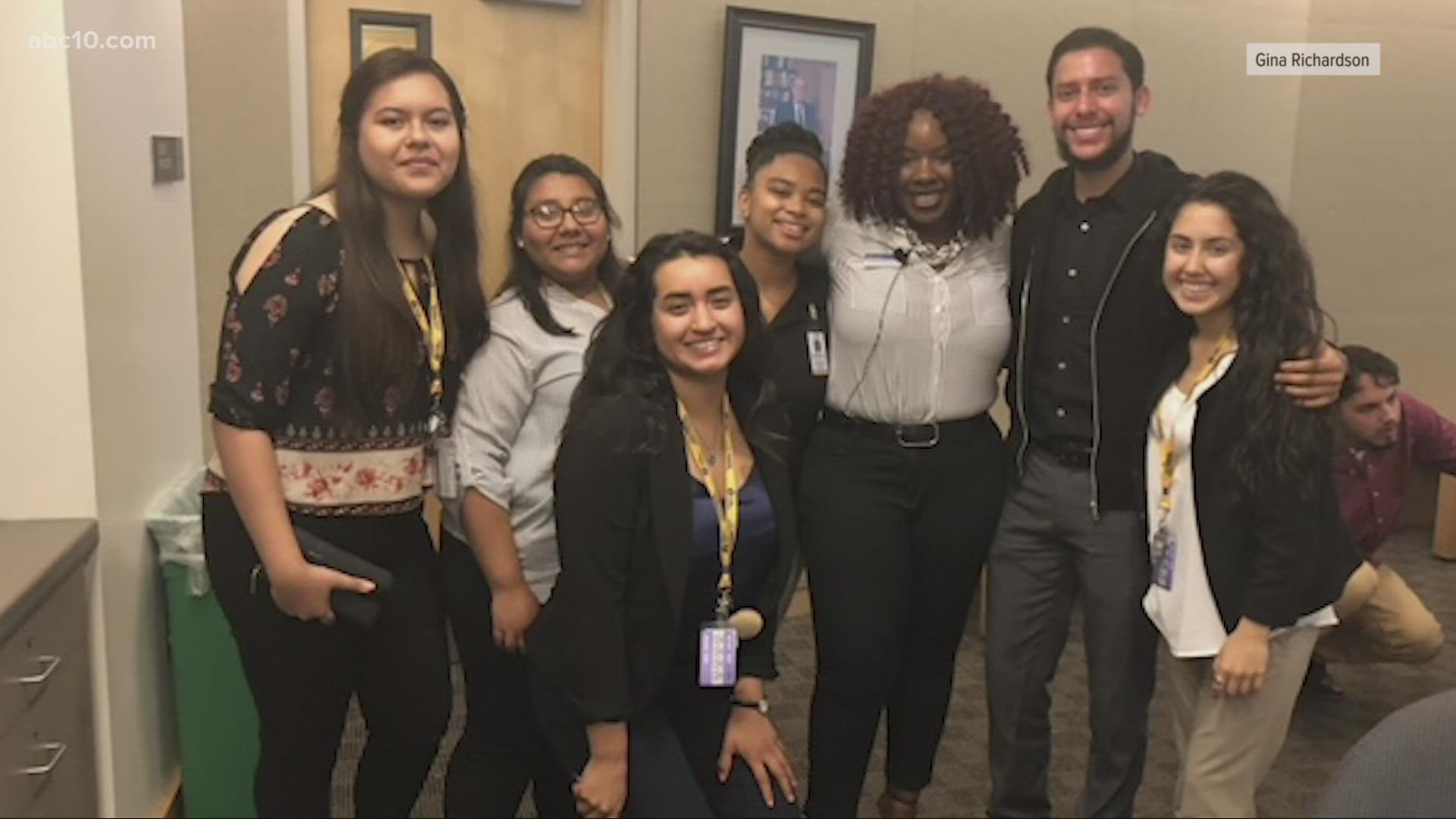SACRAMENTO, Calif. — An essential part of our country's economic health is financial services, banks, real estate firms, credit card companies, and credit unions are something we all depend on to manage our money and buy goods and services.
But research shows that the people running the firms and institutions in the finance sector don’t adequately represent how diverse our country is. A problem that has been long overlooked. The lack of diversity in the finance industry is no longer business as usual.
"I'm sugar. I’m Tobacco. I'm cotton and I'm the slave trade. The four pillars that build America into the great country it becomes," says Jay King the president of the California Black Chamber of Commerce.
King is a Sacramento native, he grew up right in Del Paso Heights created a successful music career and created the Greater Sacramento Financial Literacy Group.
"There is a narrative about black folks in this country, that we can't handle money. All we are are consumers. We don't understand investing. That we're lazy. Now, you have to understand when people start saying we are lazy, these are the same people that held us as slaves," said King.
Equality, it’s a concept that has plagued America and created ripple effects in job markets and institutions for decades. Racial inequality has especially impacted the financial sector.
The Greater Sacramento Financial Literacy Group discusses everything from stocks and savings to cryptocurrency. King said their first meeting started with about 60 people.
"We dropped down to 20 people but the 20 of us are still there right now. But now, there's another 1,000 of us too," said King.
D.A. Abrams is the managing director for the CFP Board's Center for Financial Planning. The Center for Financial Planning's mission? Create a more diverse and sustainable financial planning profession, so everyone has access to ethical financial planning advice.
Abrams said diversity matters for several reasons like the huge change in demographics but that's not all.
"...Annual spending power, purchasing power by people of color. It's an excess of, I don't know, three, almost $4 trillion, right. So that's a lot of money, that individuals of color, just have at their disposal," said Abrams.
He said in 2021 the number of black and Latino certified financial planners increased almost 14% but still only make up a little under 5%.
Gina Richardson’s journey into the banking industry started 15 years ago when she had trouble opening an account at a credit union.
"I went back to that institution, got the account, and then I also applied to work there just because I didn't want anyone who looks like me to get that same treatment that that woman gave me," She goes on to say. "Now, some people may say, 'Well, how did you know that it was racially motivated?' I don't know that it was, but because I'm me because I've been a black woman all my life. I know that certain things do happen to people who look like me.'"
During her first job at a credit union, Richardson moved up quickly. Being a people person excelled her into multiple roles but throughout her career and she met many people who were vulnerable and often didn’t trust banks.
"A lot of people especially in the black and brown community, they'll hide their money at home or they'll keep mattress money as we like to call it because they don't trust the financial institutions," Richardson said.
She added that being a young black woman in the financial industry created a passion and not only did she educate customers, but most importantly she was building trust.
"Especially when I'm opening these accounts for people, and I'm originating their loans, they trusted me. So, I got a chance to be that voice. So, I felt like I kind of owe it to not only everyone that I served with, especially my community to learn as much as I needed to know about the banking system. So I can be that voice for them to spread the truth," Richardson said.
She continued to move up the ladder which was no easy task. Richardson said it's all about mindset and deciding your own career path.
"When it comes to black and brown people, we're just happy to be in a room, sometimes we're just happy that we got this good current position, that sometimes we're not even looking to go to the next position, or to even move up even higher. For myself, it's always in my mind that I want to move up as high as I can," she said.
Little did she know that soon her dream job would come along. In 2018 Richardson became the lead financial wellness educator at SAFE Credit Union where she educates people on financial literacy, budgeting, credit, home buying, and the list goes on.
"When you have different people sitting at the table, you have different races, you have different genders, you have different perspectives. Those perspectives need to be heard in order to grow," she said.
And Richardson isn’t wrong.
Research shows that having diversity creates more innovation, better recruiting and employee retention said Abrams.
"Across the board, just makes good business sense to really tap into increasing the number of folks of color, not just in your workforce, but also the marketplace continues to expand and more people of color in the workplace. This is going to help you connect with the changing marketplace," said Abrams.
As for the future of firms, Abrams said that businesses are noticing the shift.
"If you're really what I would call strategic and intentional about going after that target market, you'll your firm will have a great deal of success. And for the ones that don't do it, to me, they'll be left in the dust," said Abrams.



















